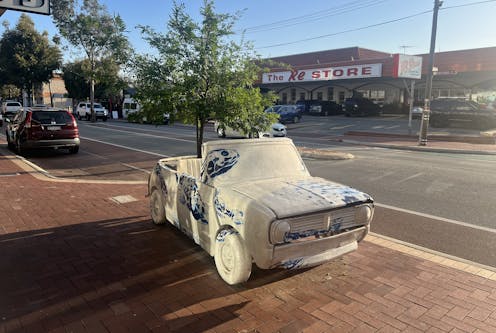Hundreds of cities have achieved zero road deaths in a year. Here’s how they did it
- Written by Matthew Mclaughlin, Adjunct Research Fellow, The University of Western Australia

It’s National Road Safety Week[1] and it comes on the back of a year in which 1,286 people died[2] on Australian roads. The rising road toll – up 8.2% for the year to March – included 62 children. Tragically, road deaths remain the number one killer of children[3] in Australia.
Road deaths are not inevitable. In 2022, at least 180 cities[4] worldwide recorded zero road deaths. More than 500 cities[5] with populations of more than 50,000 have achieved zero road deaths multiple times.
So cities can eliminate road deaths, or greatly reduce them. At the same time, these cities are creating healthier streetscapes[6] that people want to be active and spend time on. They have done this by taking action on several fronts to make roads safe.
















